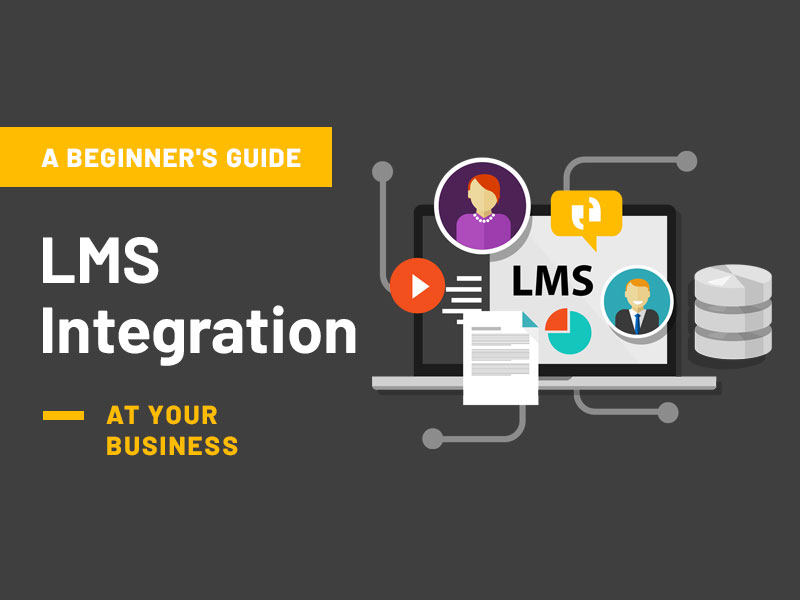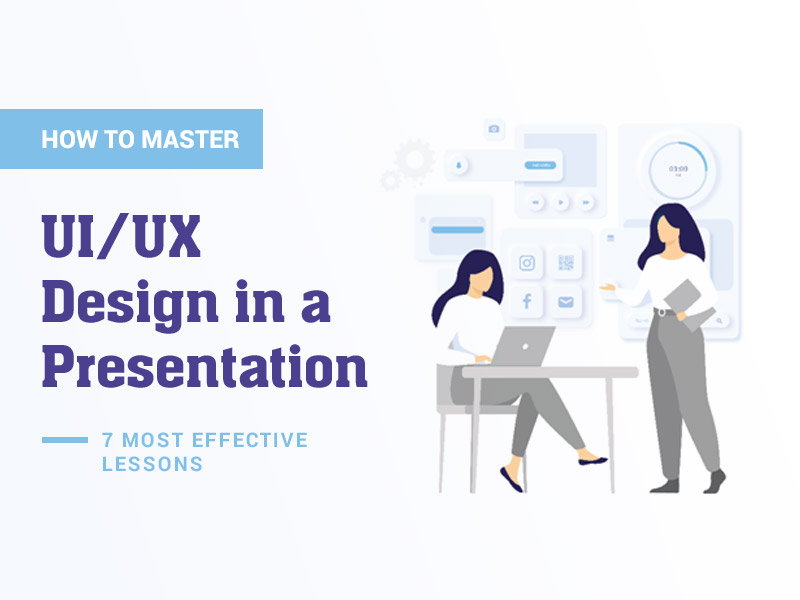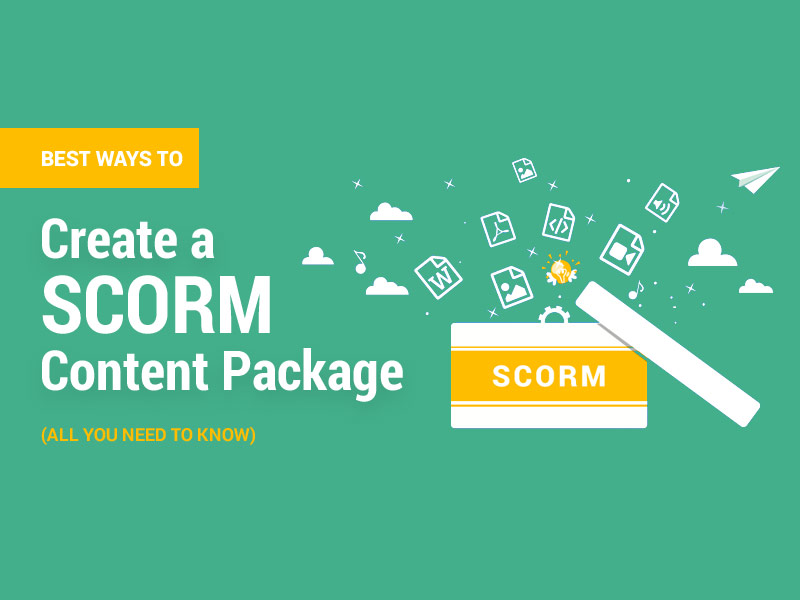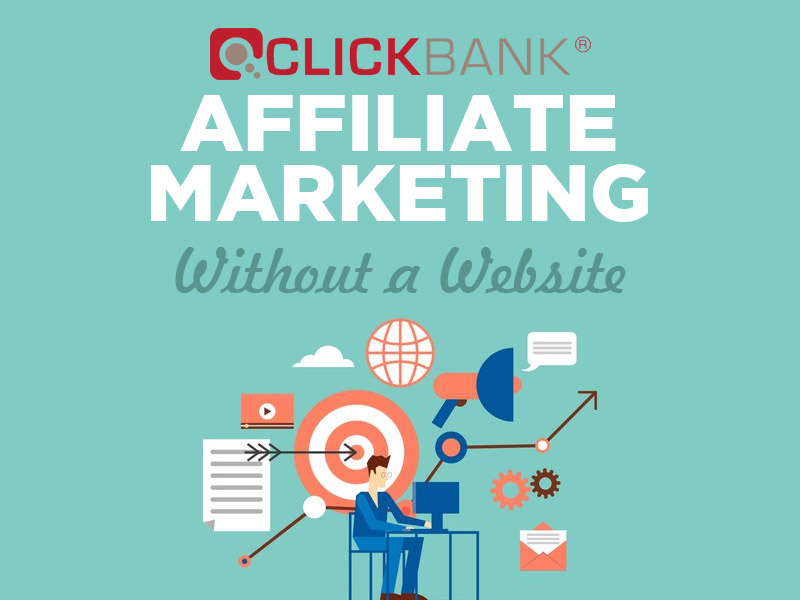Unless you’ve been living under a rock for the past few years, technology is moving ahead at a rapid rate. The future is ripe with high-tech scenarios ripped straight from the pages of your favorite science fiction stories. Now, where do you fit into all this? Imagine a world where your company can train and develop employees seamlessly while intertwining it with your overall technology strategy. This sounds like a dream come true, right? In a way, it is. You can accomplish this through a learning management system.
An LMS is a digital platform that manages common deliveries and tracks learning initiatives within an organization. Incorporating one into your tech stack (your organization’s software, tools, and applications) is vital for enhancing employee learning experiences, boosting productivity, and staying competitive in today’s dynamic business landscape. Here’s a beginner’s guide to getting started:
Understanding Your Company’s Needs and Objectives
To implement an LMS within your organization you first need to identify your company’s training requirements and set clear objectives for integration. Companies must determine what they hope to achieve with an LMS and what type of outcomes they desire for their users. It begins with assessing the company’s current training initiatives, employee needs, content delivery strategies, and knowledge retention. Then it’s fine to define clear objectives for integrating the LMS into your tech stack and establishing measurable outcomes. Use an LMS integration checklist to help guide the integration to help streamline the integration process and clearly define what you need before getting started.
Choosing the Right LMS
An LMS offers a customizable and tailored solution for businesses looking to take their training to the next level. There are a few critical points to look for in a solution. These include:
- Scalability
- Flexibility
- Future-proofing
- User-friendly navigation
- Reporting
- Certifications
- User Feedback
- Analytics and KPIs
- Customizable content
- Mobile compatibility
Companies must also compare different LMS platforms in the market by evaluating each platform’s pros and cons, exploring user reviews, and considering factors like scalability and cost.
Making the LMS Part of the Tech Stack
Choosing an LMS, surprisingly, is only the first step in the integration process. You must also understand how to incorporate it into your tech stack and determine if you’ll use a standard LMS or a headless LMS (which is just an LMS system with a customizable front end). Effectively integrating the LMS into your tech stack requires a strategy and collaboration between key stakeholders. The integration process typically involves data migration, setting up user authentication, and synchronizing your existing software with the new LMS. Then there are the challenges you’ll face during integration, like identifying potential challenges, ensuring compatibility with existing systems, and developing a timeline for integration.
Finally, consider the role your IT department will play in the integration process. IT support is essential to addressing technical issues, integrating various systems, and providing ongoing maintenance of the LMS. By doing your due diligence here, you can efficiently integrate your new LMS into your existing tech stack and create better learning/training opportunities for all.
Optimizing Your LMS for Your Business
Figuring out how to integrate your new LMS isn’t the end of the process. Companies must also take a practical approach to optimizing the LMS. This can be accomplished by customizing it to align with your company’s specific goals and processes. Tailor the platform to your organization’s unique requirements, focusing on features and functionalities relevant to your industry and audience. Then figure out how to leverage those features for best results. Utilize the LMS’s full range of capabilities to ensure smooth, effective training sessions, and consistently high-quality content. Spend some time working with the system’s features to optimize everything from content delivery/creation to analytics and certificates/badging. Optimization isn’t always straightforward, but it’s an integral part of integrating an LMS the right way in any organization.
Monitor, Evaluate, and Adjust
The final step in a successful integration is to continuously review and refine your LMS integration. Measure the effectiveness of your LMS integration by analyzing employee performance, satisfaction, and retention rates. Then, adjust the LMS platform as needed, incorporating new features or solutions to keep up with changing objectives and industry trends. Incorporating LMS into your tech stack can revolutionize your company’s training and development approach, but only with constant monitoring and adjustment. By understanding your organization’s goals, selecting the right LMS platform, and optimizing it for your needs, you can achieve a seamless integration that benefits your business for years to come.







